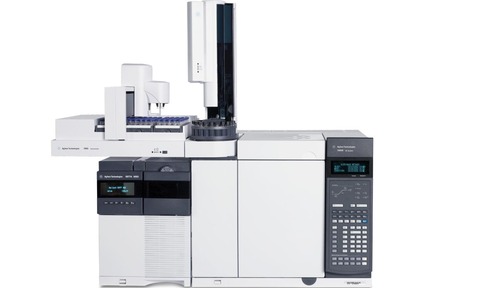
Agilent Technologies supplied instruments and software for a workshop on Recent Advances in Characterising Asian Lacquer at Yale University.
An international group of art conservators and scientists learned advanced techniques in gas chromatography and mass spectrometry to help them analyse lacquer and a broad range of other trace-level compounds found in Asian lacquer artifacts in a workshop at Yale’s Centre for Conservation and Preservation.
Careful analysis of lacquer can reveal a wealth of information about the age and geographical origins of the components, and also address the authenticity of the artifact.
Modern coatings that aim to imitate lacquer are composed of various mixtures of polymers and pigments and can also be characterised using GC/MS techniques.
“We were very excited when our Getty Conservation Institute colleagues approached us last year about the opportunity to co-host a workshop that focuses on the latest advances in the characterisation of Asian lacquers,” said Anikó Bezur, director of scientific research at the Yale centre.
“The creation of such professional advancement opportunities for conservators and conservation scientists is a core mission of ours, and we are grateful for Agilent’s support that made the workshop possible and for the enthusiasm its team has expressed for our research and outreach efforts,” Bezur stated.
The five-day workshop, based on the Getty Conservation Institute’s research on Asian lacquers, was developed in partnership with the Yale Institute for the Preservation of Cultural Heritage. Frontier Laboratories’ pyrolysis technology used in this workshop was provided by Quantum Analytics.
“We are grateful to have Agilent partner with Yale West Campus in this exciting event,” said Christopher Incarvito, Ph.D., the campus’ director of research operations and technology. “It is pivotal to have such enthusiastic support for our art conservation efforts, as this field is dependent on access to leading-edge scientific instrumentation.”
“As a longtime partner to Yale and its affiliates, we are honoured to support this important programme,” said Jim Lynch, Agilent’s director of academic programs for the Americas. “We are certain that the combined experience and expertise of these specialised professionals, coupled with the most advanced analytical technology available today, will yield great insight into the conservation of art and help identify priorities for future research in the field.”
Techniques such as THM-Py-GC/MS (pyrolysis-gas chromatography/mass spectroscopy using thermally assisted hydrolysis and methylation) are commonly used in museum laboratories to analyse the chemical composition of paints, coatings, polymeric materials, and other environmental samples collected from works of art and artifacts.
Asian lacquer is primarily composed of sap from the trees of the Anacardiaceae family and is distinct from other wood finishes such as European japanning.
Agilent’s GC/MSD systems are widely used in a variety of industries and provide advanced analytical capabilities to specialised fields such as art conservation and preservation.
Agilent also offers a selection of handheld mobile FTIR and UV-VIS spectroscopy instruments for use in artifact analysis at museums and in the field. For more information on Agilent’s artifact analysis products, visit the company’s Art Conservation Analysis website.




